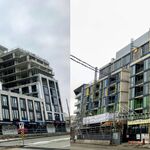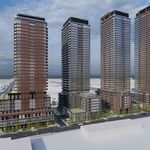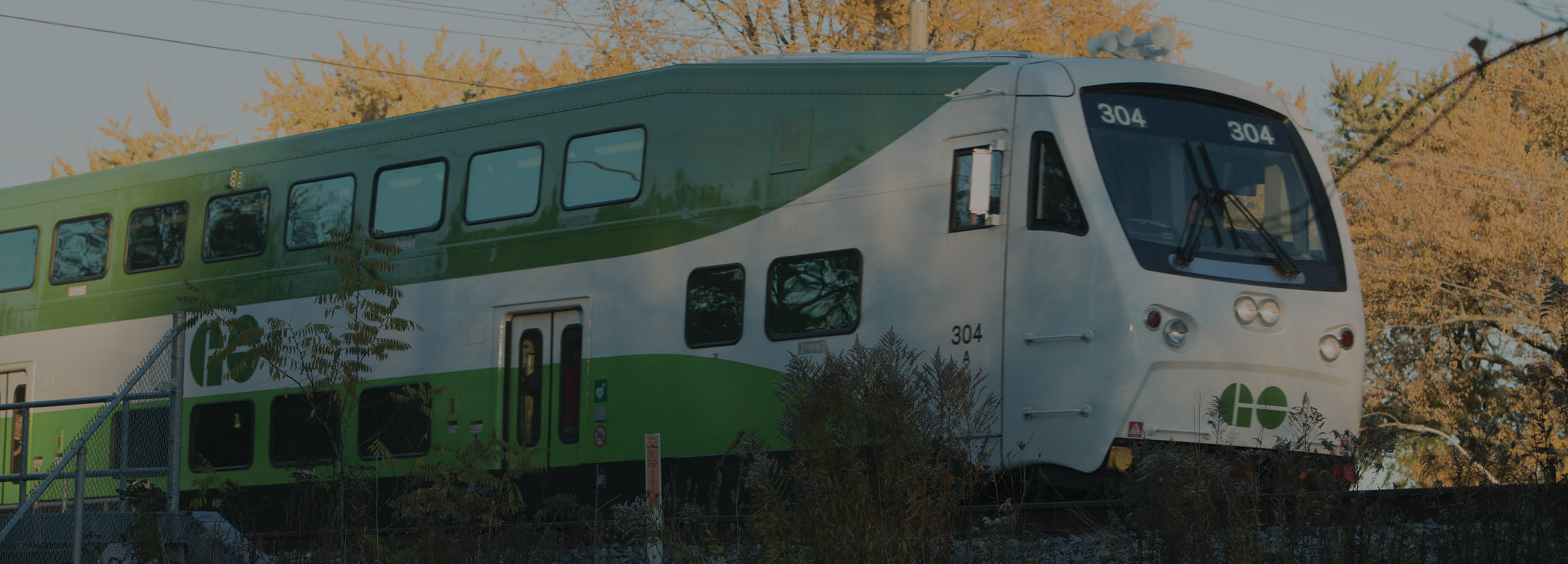DSCToronto
Superstar
Member Bio
- Joined
- Jan 13, 2008
- Messages
- 20,097
- Reaction score
- 29,526
- Location
- St Lawrence Market Area
Tender call for EAST SECTION @ CHERRY
Type: Notice of Intended Procurement
Posting Title: Request for Proposals for Engineering Services for the Detailed Design of the F.G. Gardiner Expressway and Lake Shore Boulevard East Realignment from Cherry Street to Don Valley Parkway
Document Number oc4 744087267Ariba Discovery Posting Link:https://discovery.ariba.com/rfx/20723386
oc4 744087267Ariba Discovery Posting Link:https://discovery.ariba.com/rfx/20723386
Publish Date: August 22, 2024
Issue Date: August 22, 2024
Submission Deadline: September 19, 2024 at 12:00
Description: Request for Proposals for Engineering Services for the Detailed Design of the F.G. Gardiner Expressway and Lake Shore Boulevard East Realignment from Cherry Street to Don Valley Parkway
Open Solicitation Record
Type: Notice of Intended Procurement
Posting Title: Request for Proposals for Engineering Services for the Detailed Design of the F.G. Gardiner Expressway and Lake Shore Boulevard East Realignment from Cherry Street to Don Valley Parkway
Document Number
Publish Date: August 22, 2024
Issue Date: August 22, 2024
Submission Deadline: September 19, 2024 at 12:00
Description: Request for Proposals for Engineering Services for the Detailed Design of the F.G. Gardiner Expressway and Lake Shore Boulevard East Realignment from Cherry Street to Don Valley Parkway





